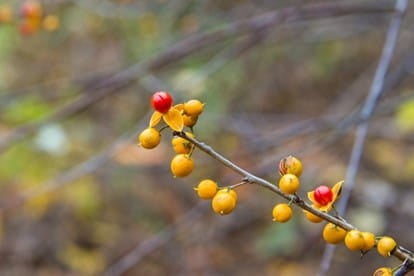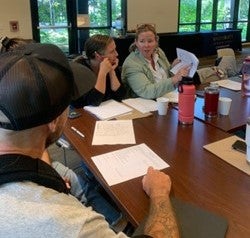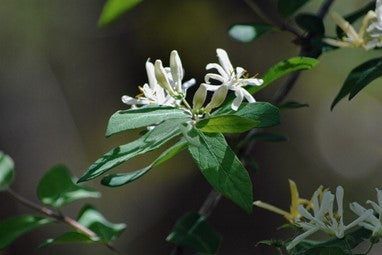Since 2008, URI Cooperative Extension has offered Invasive Plant Management Trainings for environmental and landscape professionals, land managers and homeowners in cooperation with the RI Coastal Resources Management Council (CRMC) and the RI Department of Environmental Management (RIDEM).
Are you concerned about the impact of invasive plants on our landscape? Do you want to learn how to manage invasive plants to aid in the restoration of biodiversity and degraded habitats? The rapid establishment of invasive plant species in Rhode Island remains a serious threat to native ecological biodiversity. Freedom from natural predators, high seed production, and affinity for disturbed habitat sites all contribute to the success of invasive species, leaving native species to struggle for space and resources. The Invasive Plant Management Certification Program trains professionals working in the coastal zone to provide sustainable invasive plant management services to clients, and to facilitate rehabilitation of degraded coastal habitats that are regulated. Nonprofessionals and those working beyond the coastal zone who are interested in broadening their understanding of the impact invasive plants have on the environment are also welcome to attend training.
This full-day educational workshop is open to those seeking certification recognized by the RI Coastal Resources Management Council for coastal buffer zone management permits for invasive plant management. Topics covered include; invasive plant ecology, management methodologies, control strategies and restorative planting, rules and regulations related to invasive plant management in sensitive areas and associated permitting processes.
Registration Fee: $300.00 (includes coffee/tea, lunch, training materials and 3-year certification pending completion of program).
Additional Resources
- Rhode Island Invasive Plant Species (list last updated 2020)
- Rhode Island Native Plant List (list last updated 2024)
- Herbicide Labels
- 2024 Invasive Plant Management Certification Program Flier




